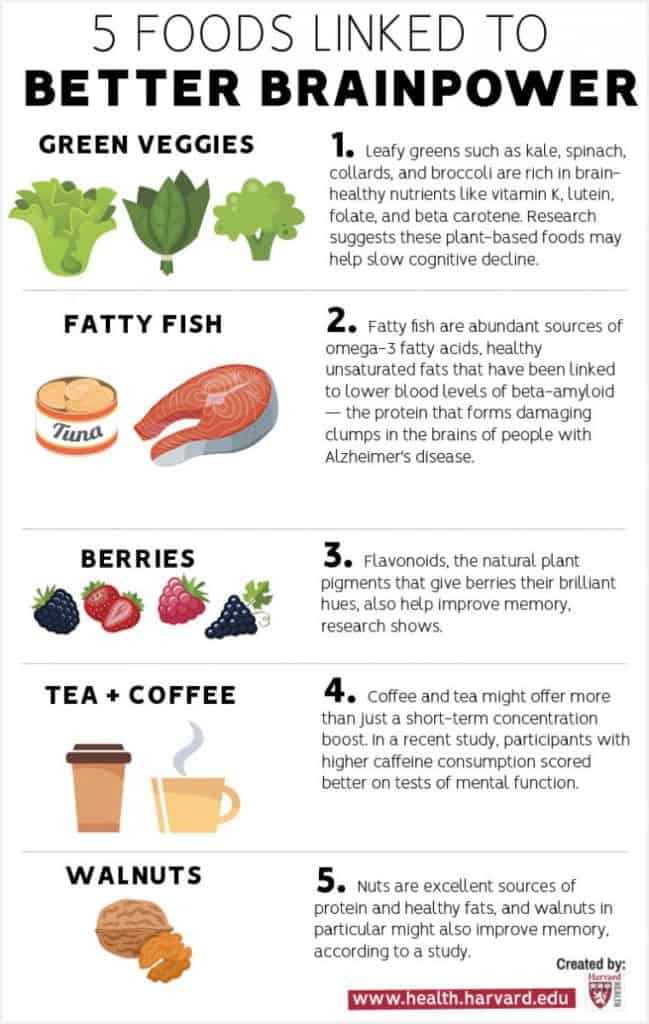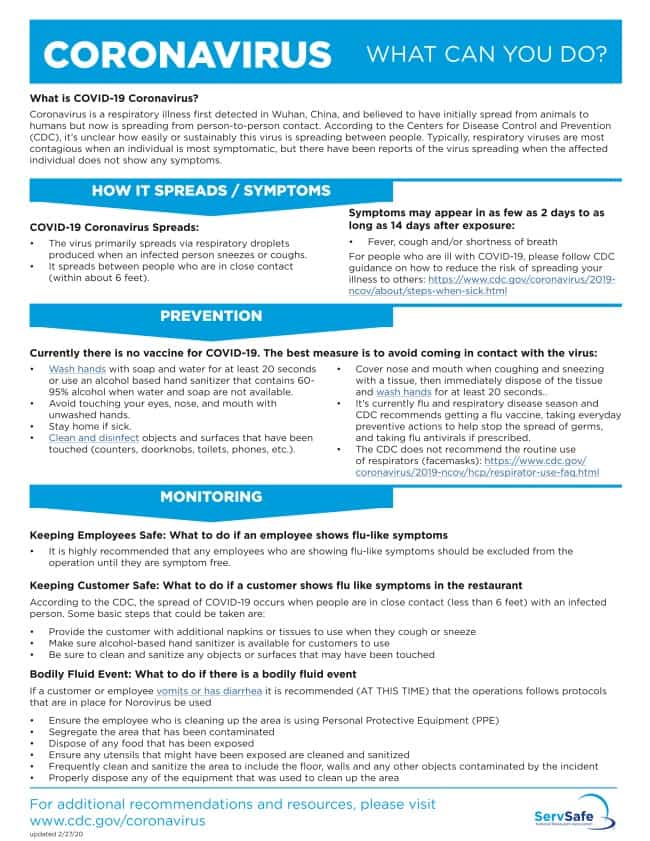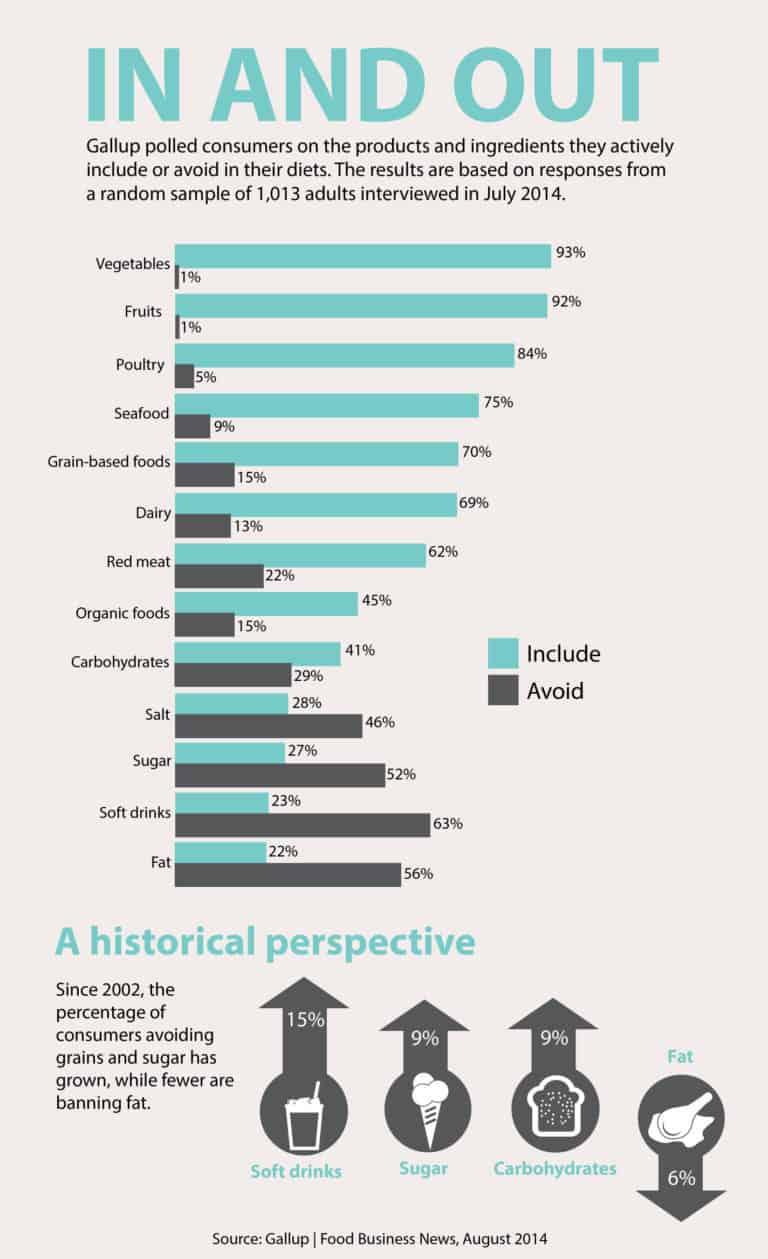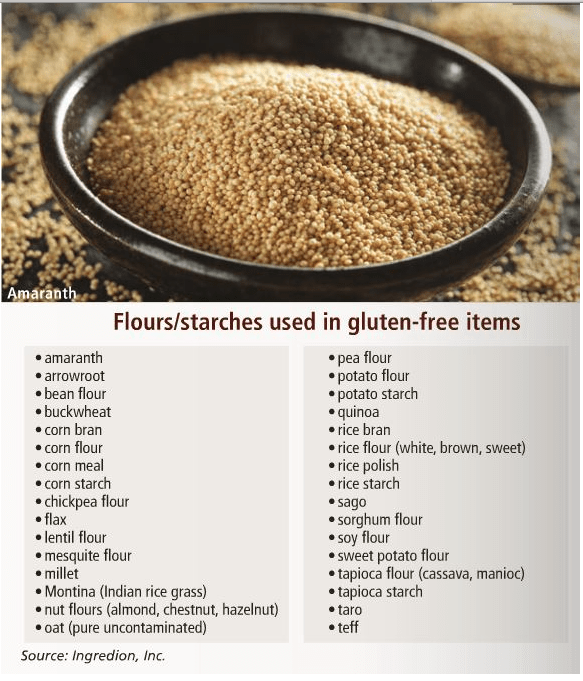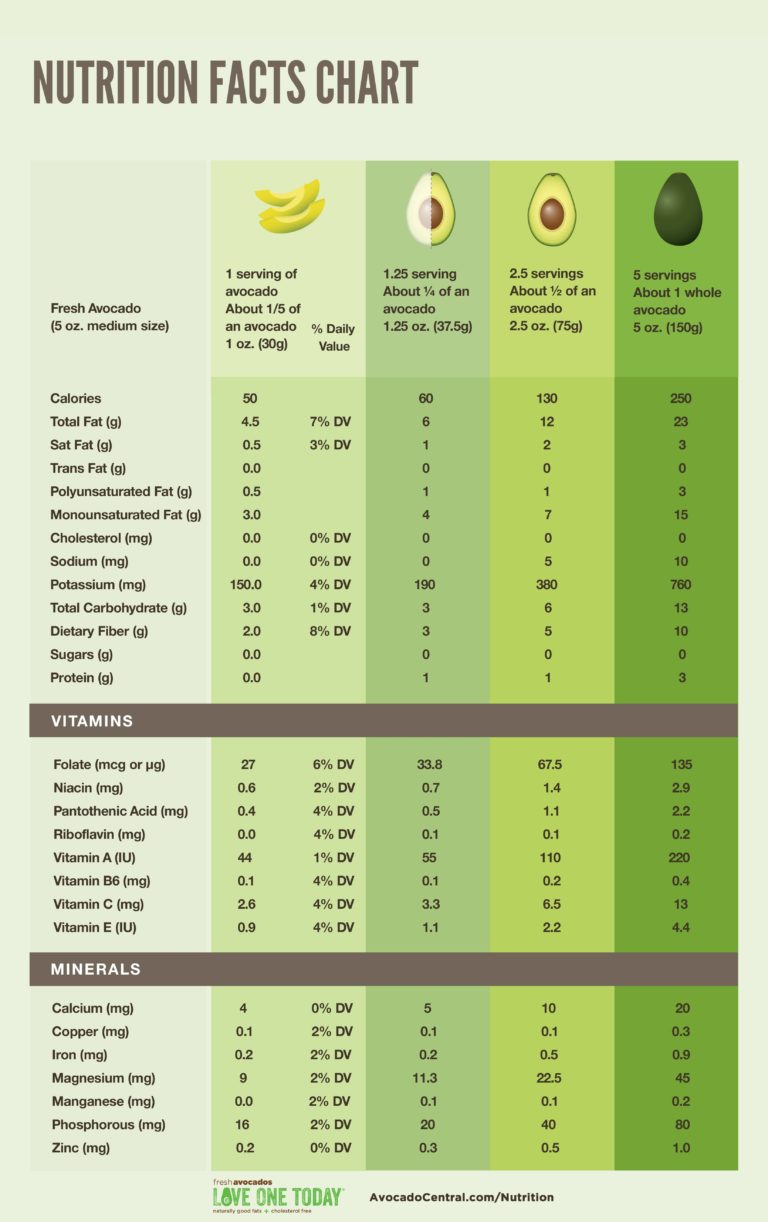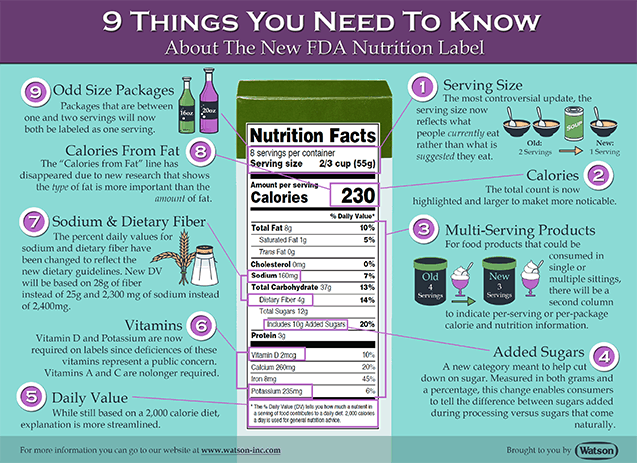Welcome to Our Thirty Sixth Issue!
April, from the Latin word aperio, "to open" (bud), because plants begin to grow during this this month.
April Feature Chef
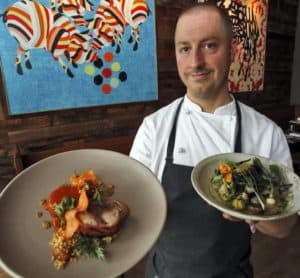
Chef Jim Christiansen
Jim Christiansen is that rare cook who has both McDonald’s and Noma on his résumé. As a teenager, he worked the fry station at the fast-food chain; later, he made elegant French food at La Belle Vie in Minneapolis. But the dishes at Heyday most strongly evoke the Scandinavian restaurant where he interned: Noma in Copenhagen. Christiansen, a Minnesota native, prepares hyper seasonal recipes such as lamb tartare with pickled elderberry-flower buds, or vegetable bagna cauda, a combination of pickled, sautéed and grilled vegetables with dill oil.
Interview with Chef Christiansen

Ways to Get Vitamin "D"
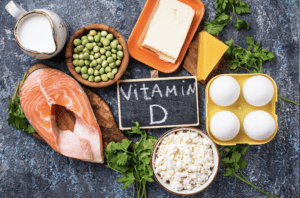
7 ways to reduce stress and keep blood pressure down

Coronavirus; what we can do.
Implement a personal hygiene program. To lessen the possibility of food handlers contaminating food, institute a good personal hygiene policies to make sure food handlers come to work healthy. Include actions such as reporting illnesses and covering wounds
Remind employees to wash their handsThis is especially important after using the restroom and after handling raw meat, seafood and poultry. Use a single-use paper towel or hand dryer, rather than any part of their uniform, to dry.
Use separate equipmentEach type of food should be prepped and handled with a separate piece of equipment. Some operations use colored cutting boards and utensil handles to help keep equipment separate.
Clean and sanitize all work surface. All work surfaces, equipment and utensils should be cleaned and sanitized after each task. Simply rinsing equipment is not enough to eliminate pathogens that can contaminate food.
1. Drink lots of hot liquids; coffee, tea, soups & warm water.
2. Take a sip of warm water every 20 minutes. This keeps your mouth moist and washes any of the virus that has entered your mouth and pushes it into your stomach where the gastric juices will neutralize it before it can get to the lungs.
3. Gargle with an antiseptic in warm water such as salt, vinegar or lemon juice every day if possible.
4. The virus attaches itself to hair and clothes. Any detergent or soap kills it. Take a shower immediately when coming from outside and shampoo your hair.
5. Wash metallic surfaces. The virus can remain viable on this surface for up to 9 days. When not in your home, wear gloves if possible to avoid touching hand rails, door knobs etc. if you can’t wear gloves or don’t have any, wash your hands immediately and then shower.
6. Regardless if you’ve gone outside, wash your hands every 20 minutes with soap that foams and do it for 20 seconds.
7. Eat fruits and vegetables. Try to elevate your zinc levels.
8. Animals do NOT spread the virus to people. It’s person to person transmission.
9. Try to avoid eating and drinking too many cold things.
10. If you feel a sore throat coming on, gargle with antiseptic immediately. Do it every hour. The virus enters through the throat where it remains for 3-4 days before it passes to the lungs.
Click the Image below to enlarge
Follow these tips to prevent spread of pathogens through basic, good hygiene practices
- Washing with soap and water is much more effective than washing with water alone. Soap binds to the dirt, oils, and microbes present on hands and makes it easier to wash them away. Applying soap also tends to make people scrub more thoroughly.
- Friction from lathering and scrubbing hands physically helps the soap bind to and loosen dirt, oils, and germs.
- Although the optimal length of time for handwashing may depend on factors such as the type and amount of soil, grease, and germs on hands, studies have shown that scrubbing for at least 15 seconds removes significantly more germs from hands than washing for shorter periods.
Information provided by Aminta Martínez-Hermosilla, MS
A helpful sheet for accuracy in recipe costing/ click below
Food for Thought
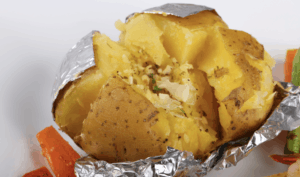
Comeback Carb!
“Potatoes have gotten a bad rap because of the way they’ve been eaten and processed in the modern food system,” says Charles Mueller, Ph.D., a clinical associate professor in the Department of Nutrition and Food Studies at New York University.
Undoctored potatoes are healthy, says Mueller: They supply a good mix of nutrients. It’s when people deep-fry them in oil or smother them in butter, sour cream, or salt that spuds turn into nutritional duds.
A medium white baked potato (about 6 ounces) with skin has 159 calories, 36 grams of carbs, and nearly 4 grams of fiber. Potatoes also are packed with a healthy mixture of vitamins and minerals such as magnesium, potassium, and vitamins B6 and C. A medium potato, for example, supplies about 15 percent of your daily need for magnesium; and about 20 percent of your daily potassium need.
Click here for more information; Is Potato Good For Me?
The Power of Carotenoids
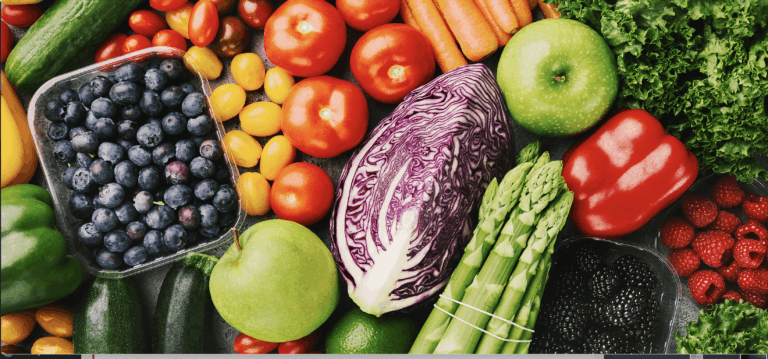
Carotenoids are the yellow-orange pigments in fruits and vegetables. There are more than 600 carotenoids, of which over 450 that exist in food have been identified; these include beta carotene, lycopene, beta kryptoxanthin, and lutein. Some 50 carotenoids are converted to vitamin A in the intestine, and until recently scientists thought that the others were simply pigments that played no role in health. Recent years, however, research has shown that many of the carotenoids may have disease-preventing potential.
Foods rich in beta-carotene and other carotenoids include: Apricots, asparagus, beef liver, beets, broccoli, cantaloupe, carrots, corn, guava, kale, mangoes, mustard and collard greens, nectarines, peaches, pink grapefruit, pumpkin, squash (yellow and winter), sweet potato, tangerines, tomatoes, and watermelon.
Are you accessible to your staff / team?
What are some of the ways to help you get to know your team and for the team to see they have a manager that cares about his or her staff and wants to see them progress?
• Leaving your door open and letting your team know what times are best times to come in to give you feedback; ask questions or discuss concerns.
• Set up or arrange departmental town-hall meetings or discussion groups
to allow questions and gather information from your staff.
• Make an effort to walk your department regularly. Discuss/ask what they are working on and if there are any challenges they may be facing.
• Have lunch with your team, instead of in your office. You get to learn so much more about them.
• Host informal gatherings, such as breakfast briefings and company picnics and actually plan to be there for a period of time.
• Invite comments and feedback from your staff.
• You may find that productivity can increase by you simply getting up from your desk and letting your staff know when you need their help.
Toni Ali/HR Expert
hello
WHAT’S COOKING TODAY?
Comfort food with simple ingredients / Split Pea and Ham Soup

Method
Think Positively (Leadership)

Leaders can build accountability by spelling out what’s expected from employees in terms of results and behaviors, monitoring progress daily and applying positive and negative consequences based on outcomes, says S. Chris Edmonds. “Without consequences, clear agreements and monitoring do not ensure either results or respect,” he says.

2020 Culinary Forecast
Do you have the skills to make a great coach?

- Hire the right fit for your open position
- Allowing this new employee(s) to adjust to your company culture
- Seeing their potential
- Begin grooming them to take positions that are higher than yours in the industry
- Be open to their ideas
Quotes that will help you stay ahead of the game.
Don’t say you don’t have enough time. You have exactly the same number of hours per day that were given to Helen Keller, Louis Pasteur, Michelangelo, Mother Teresa, Leonardo da Vinci, Thomas Jefferson and Albert Einstein.
Telling people what we think of their performance doesn’t help them thrive and excel, and telling people how we think they should improve, actually hinders learning. “
Lead On!
Participative Theories of Leadership
Participative Theories of Leadership are considered by some to be an ideal style of leadership because they consider input from others. Leaders utilizing this type of theory tend to encourage both contributions and active participation from other group members. In turn, this allows the other group members to feel more relevant and committed to the direction the leader has chosen to go. The only real caveat here is that the leader maintains the right of what input to allow from the other group members.
For more information regarding the Participative Theories please visit: Behavioral Leadership
It has been my observation, over the years, that many leaders rank low on empathy. They understand it intellectually, they just don’t pay enough attention, ask the right questions or comprehend that it is not just about what your colleagues think, but about how they feel. To be an effective leader you need to do more than just manage the bottom line and watch the numbers like a hawk. Obviously that may be necessary, but so is offering suggestions, being supportive, being a source of creative ideas, helping your people think through their roles and helping them make the best use of their time. In fact, that is precisely what the best leaders do.
Patrick J. McKenna
As you think about how you exhibit genuine empathy here are five questions for you to contemplate. For more information visit: patrickmckenna.com
Culinary Corner

Form the American Culinary Federation, your chance to create spectacular dishes and contribute with inspirational new ideas.
Click below for more information:
The 2016 Menus of Change Annual Report was released at the fourth annual Menus of Change leadership summit on June 14. It includes an analysis of issues at the convergence of public health, the environment, and the business of food, plus and updated Dashboard of how the food and foodservice industries have progressed—or not—since last year’s report was issued.
The World Culinary Arts Video Series
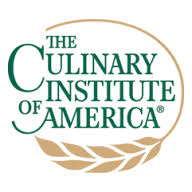
Read more and enjoy the videos at: Amazing video library from The Culinary Institute of America
La Finestra: Trends Spotting

Just like fashion, food trends come and go in the blink of an eye. Every year, we see a rise in these fads that inevitably affect the way we eat and plan our meals. From superfoods to juice cleanses, the modern dining pattern has undeniably been influenced by the presence of a health-conscious effort, which we see continuing into 2020.
Learn more 2020 Food trends according Chefs
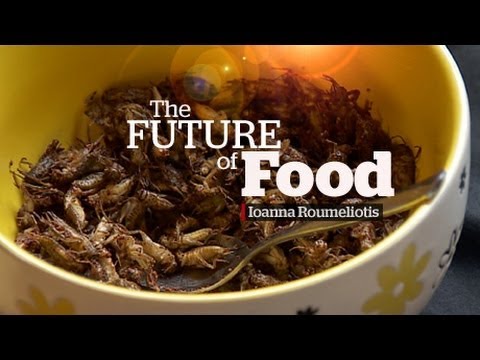
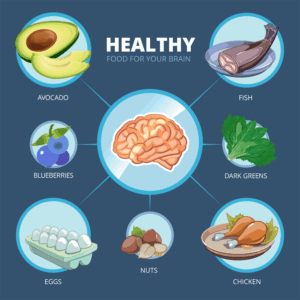
If you’re feeling forgetful, it could be due to a lack of sleep or a number of other reasons, including genetics, level of physical activity and lifestyle and environmental factors. However, there’s no doubt that diet plays a major role in brain health.
The best menu for boosting memory and brain function encourages good blood flow to the brain — much like what you’d eat to nourish and protect your heart. Research found the Mediterranean Diet helps keep aging brains sharp, and a growing body of evidence links foods such as those in the Mediterranean diet with better cognitive function, memory and alertness
Learn more by visiting: Types of Foods to Help Boost Your Memory
Meeting the Demand for Safe, Natural Products
Lately, while shopping at my local grocery store, I have noticed the increasing number of food products marketed as organic or preservative-free. More and more, consumers are demanding green labels and ingredient lists they can understand. Yet food safety — preventing food spoilage and contamination from microbial pathogens — must remain a top priority for food producers. The food safety industry faces many challenges if it is to transition away from the use of refined chemicals toward more label-friendly preservatives.
By Suzanne Osborne, PhD
Wednesday, 30 April 2014
Kale is one of the cruciferous vegetables, cancer fighters full of fiber and antioxidants. great addition to salads or you can bake it with a spritz of extra virgin-olive oil and sea salt for a crispy potato chip alternative.
Hail to the Kale!!
2020 Culinary Forecast

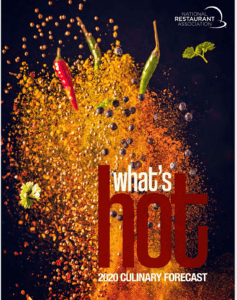
Nutrition, Eat Better
Salt, Consuming the right amount, Most Americans consume more sodium than is good for their health, according to the Centers for Disease Control and Prevention. Learn more!

8 Tips For Avoiding Gluten Cross Contamination – PrimoHealthCoach
▪ Oils that have been used to deep fry battered foods will contaminate foods like French fries. Use separate oils, and ask the chef when dining out if the same oil is used for battered foods.
▪ Cutlery, utensils and potsand pans must be thoroughly cleaned before cooking gluten-free to avoid cross-contamination.
▪ Toasters and ovens that have been used for glutenous breads can contaminate gluten-free breads. At home try to keep two separate toasters.
▪ Grills and barbecues can easily cross-contaminate foods if not properly cleaned. Many sauces used to barbecue have gluten.
▪ Sifters used for both glutenous and gluten-free flours will cross-contaminate. At home if you use both types of flour, keep separate properly labeled sifters.
▪ Your mayonnaise, peanut butter jar, jams and jellies are easily contaminated when making sandwiches.
▪ Glutenous flours have a tendency to stay airborne for some time after use. Cooking in a kitchen shortly after preparing foods with glutenous flours is risky for the sensitive person. Because of this I find it very hard to believe that you can get a truly gluten-free pizza from a pizza restaurant that makes regular pizza as well.
▪ Any foods not prepared in a gluten-free facility, including your own home, runs the risk of getting cross-contaminated.
Goodness!!
Avocado oil; this silky fruit oil helps fight joint condition and promoted soft skin.
